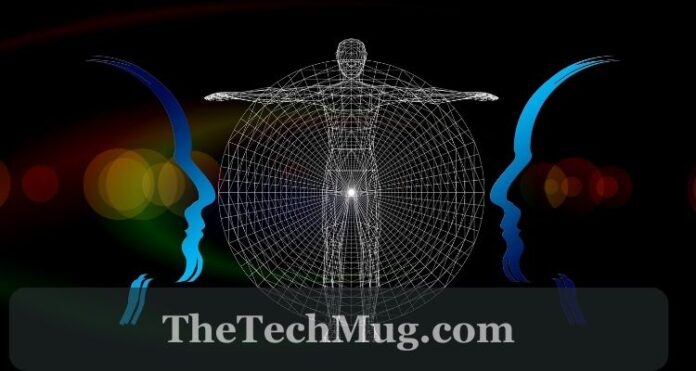In the fast-paced and ever-evolving landscape of business, understanding your customers is paramount to success. Identity resolution has emerged as a transformative tool, offering businesses a closer, more nuanced look at their customers. In this article, we explore the intricacies of identity resolution and how it enables businesses to unravel valuable insights into customer behavior, preferences, and interactions.
The Essence of Identity Resolution:
At its core, identity resolution is the process of linking and consolidating data from various sources to form a unified customer profile. This profile acts as a digital passport, capturing the essence of each customer’s journey across different touchpoints. By connecting identifiers such as email addresses, phone numbers, social media accounts, and transaction histories, businesses can paint a holistic picture of individual customers.
Peeling Back the Layers: How Identity Resolution Works:
Data Integration:
- The journey to understanding customers begins with the integration of data from diverse sources. This includes online interactions, in-store purchases, customer service engagements, and social media interactions. Combining these disparate data points is the first step toward creating a comprehensive customer profile.
Linking Identifiers:
- Identity resolution involves linking various identifiers associated with an individual customer. For example, if a customer interacts with a brand through a website, a mobile app, and a physical store, identity resolution seeks to connect the dots between the customer’s email address, mobile number, and in-store loyalty card.
Data Standardization:
- Raw data is often inconsistent and fragmented. Standardizing data formats ensures that the information is uniform and can be seamlessly integrated. This process involves cleaning and validating data, removing duplicates, and correcting errors to create a reliable foundation for identity resolution.
Advanced Analytics and Machine Learning:
- Leveraging advanced analytics and machine learning algorithms is the next frontier in identity resolution. These tools go beyond manual data processing, identifying patterns, correlations, and trends within the data. The result is a more sophisticated and accurate understanding of customer behavior.
Unveiling the Insights: What Businesses Can Learn:
Holistic Customer Journey:
- Identity resolution enables businesses to trace the complete customer journey. From the first interaction with a brand to the latest purchase, businesses gain a panoramic view of every touchpoint. This holistic perspective is instrumental in understanding the factors that influence customer decisions.
Behavioral Analysis:
- By analyzing customer interactions across channels, businesses can uncover valuable insights into customer behavior. This includes preferences, browsing patterns, and purchase histories. Understanding these behavioral nuances allows for the creation of targeted and personalized marketing strategies.
Segmentation and Targeting:
- Armed with a detailed customer profile, businesses can segment their customer base more effectively. This segmentation allows for the creation of targeted marketing campaigns tailored to specific groups. For example, a retail business may identify high-value customers and design exclusive promotions to enhance their loyalty.
Predictive Modeling:
- Identity resolution lays the groundwork for predictive modeling. By identifying patterns in customer behavior, businesses can predict future trends, preferences, and potential churn. This proactive approach allows businesses to stay ahead of market shifts and adapt their strategies accordingly.
The Power of Personalization:
Tailored Marketing Campaigns:
- Understanding individual customer preferences enables businesses to craft highly personalized marketing campaigns. From personalized emails to targeted promotions, businesses can tailor their outreach to resonate with each customer’s unique interests and needs.
Customized Product Recommendations:
- Identity resolution empowers businesses to offer highly accurate and personalized product recommendations. By analyzing a customer’s purchase history and preferences, algorithms can suggest products that align with their tastes, leading to increased sales and customer satisfaction.
Overcoming Challenges and Ensuring Success:
Data Privacy and Compliance:
- With increased awareness about data privacy, businesses must prioritize compliance with regulations such as GDPR and CCPA. Obtaining customer consent for data usage and ensuring transparent practices build trust and credibility.
Continuous Adaptation:
- Customer behavior evolves, and businesses must continually adapt their identity resolution strategies to stay relevant. This involves staying informed about emerging technologies, industry trends, and changes in customer preferences.
Conclusion:
In the digital age, where customer-centricity is not just a strategy but a necessity, identity resolution emerges as a linchpin for businesses seeking a profound understanding of their customers. By peeling back the layers of data, linking identifiers, and leveraging advanced analytics, businesses can unlock insights that pave the way for personalized marketing, enhanced customer experiences, and strategic decision-making. As businesses embark on this journey of understanding through identity resolution, the key lies in recognizing that the real value lies not just in data but in the meaningful insights it can uncover.















